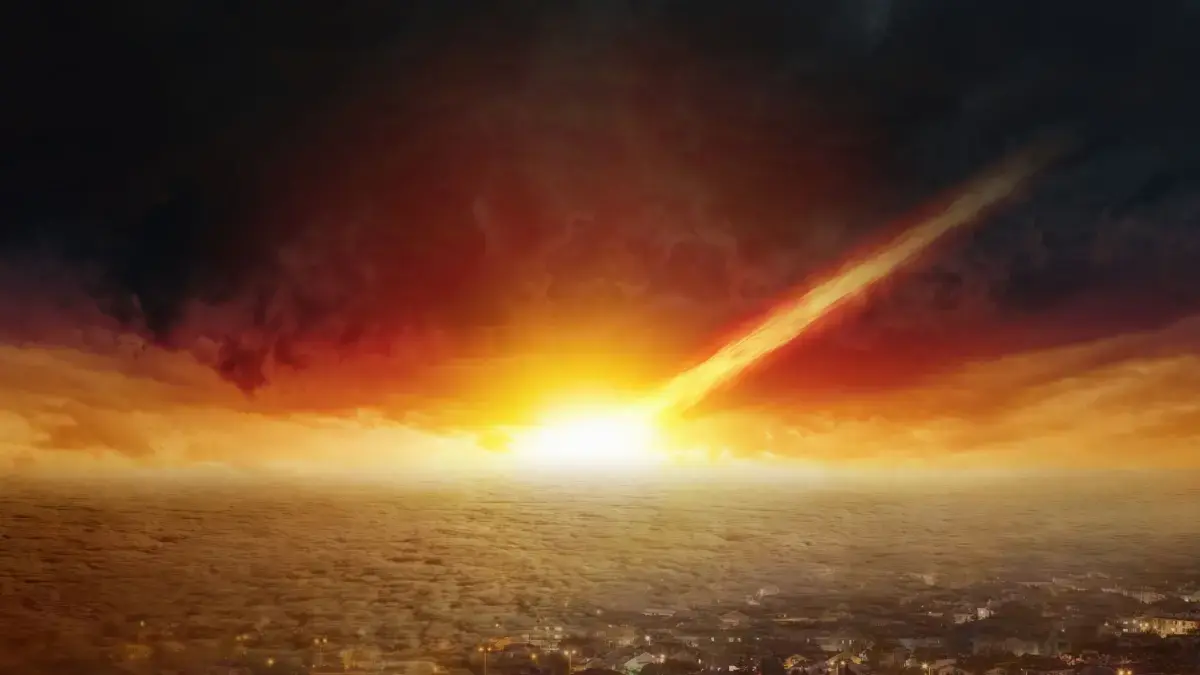NASA is closely monitoring the asteroid 2024 YR4, which has a low risk of impacting Earth in 2032 with an estimated chance of 1.2%. However, the consequences of a collision could be catastrophic, with an explosion 500 times more powerful than that of Hiroshima, capable of destroying an entire city with the equivalent of 8 megatons of TNT. Experts advise remaining cautious in light of this potential threat while continuing to monitor and research deflection methods for asteroids.
Key Information
- NASA is monitoring the asteroid 2024 YR4 with a low risk of impact in 2032.
- The potential impact could generate an explosion 500 times more powerful than that of Hiroshima.
- The estimated chance of impact is 1.2%, with potential impacts between 2032 and 2071.
- Experts advise caution regarding this threat, with possible deflection solutions.
Asteroid 2024 YR4 Being Monitored by NASA
NASA has placed the asteroid 2024 YR4 under high surveillance due to its potential danger to Earth. According to recent observations, the current distance of this asteroid is 27 million miles, and it is moving at a remarkable speed of 8.24 miles per second. While these figures may seem distant, astrophysicists are warning about the possibility of a future impact with our planet.
Low Risk of Impact with Earth in 2032
Recent estimates indicate that there is a low risk of impact, estimated at a chance of 1.2%. Simulations reveal that if this asteroid were to hit Earth, the consequences would be catastrophic. Indeed, the impact could generate an explosion 500 times more powerful than that of Hiroshima. This potential disaster would equate to an explosion of 8 megatons of TNT, enough to devastate an entire city and cause significant loss of life.
James Webb Offers an Unprecedented View of the PDS 70 System
Impact Chances Between 2032 and 2071
Researchers have identified six impact chances between 2032 and 2071, with orbital calculations continually assessing the associated risks. The data collected through continuous monitoring of the asteroid will enable scientists to evaluate possible scenarios and take measures if necessary. The risk corridor where this asteroid is located extends precisely from South America to sub-Saharan Africa, impacting multiple countries and populations.
Call for Caution and No Panic
In the face of this potential threat, experts agree that it is possible to deflect asteroids, as demonstrated by the DART mission, which tested deflection techniques. These capabilities offer a glimmer of hope in the fight against such interplanetary threats. However, scientists recommend maintaining a posture of caution rather than giving in to panic. Monitoring systems must continue to evolve to anticipate possible threats and enable humanity to make informed decisions.
Continuous Monitoring of the Orbit
Technological advancements allow NASA to continuously monitor the orbit of 2024 YR4. This monitoring is part of a broader framework for observing objects that are close to Earth, which is essential for developing planetary protection strategies. Thanks to these efforts, it will be possible to anticipate and, if necessary, intervene to protect our planet from potential future catastrophes that could arise from space.

